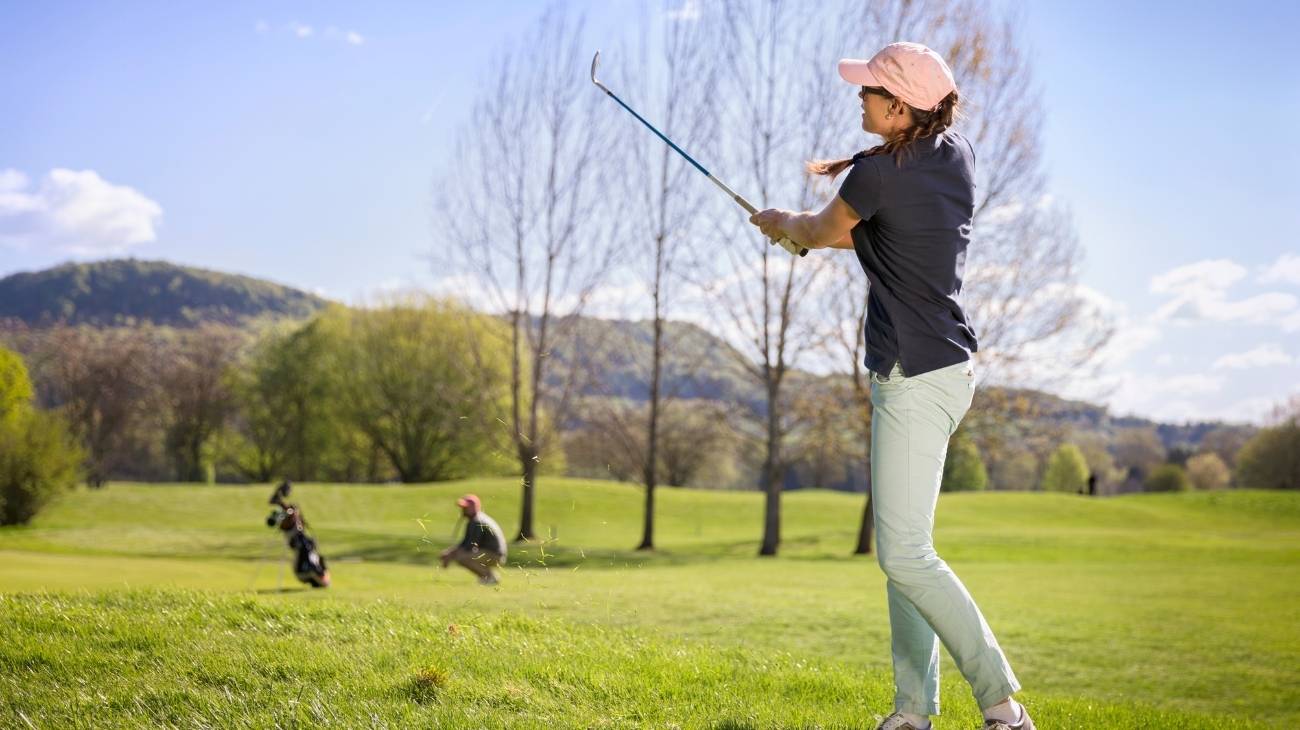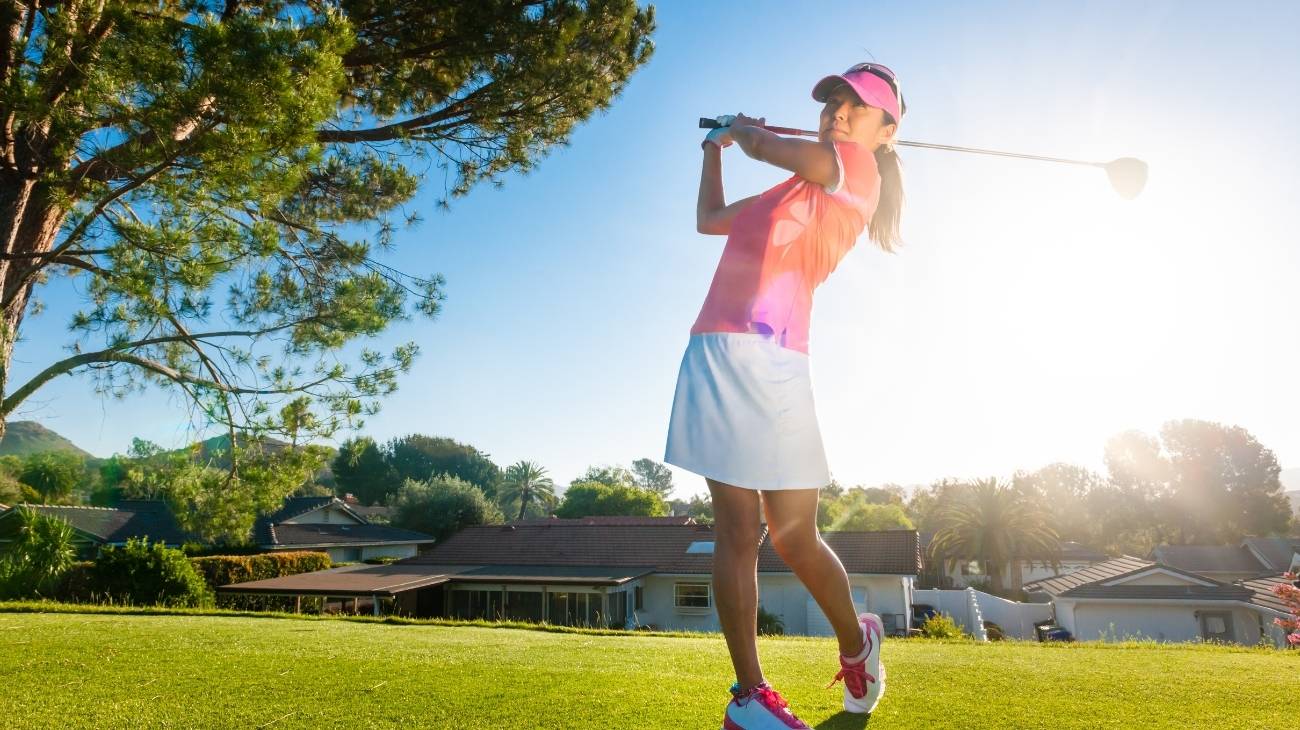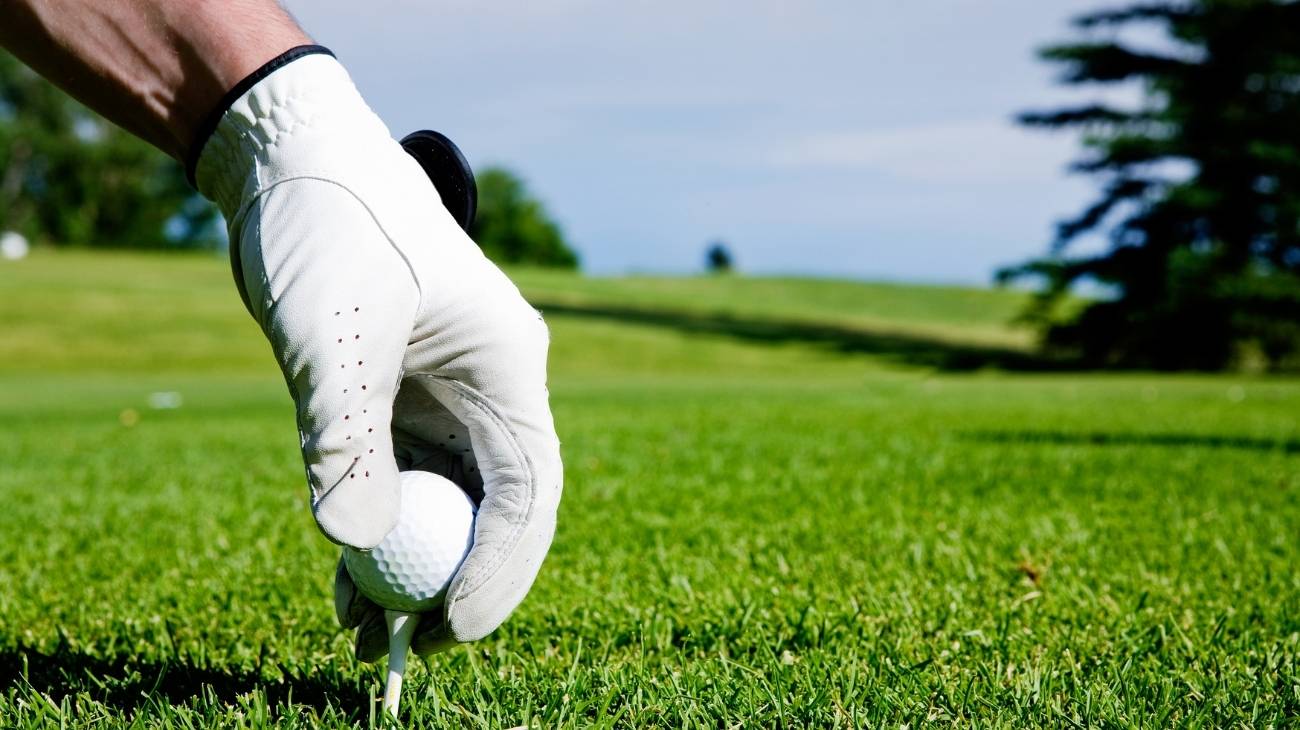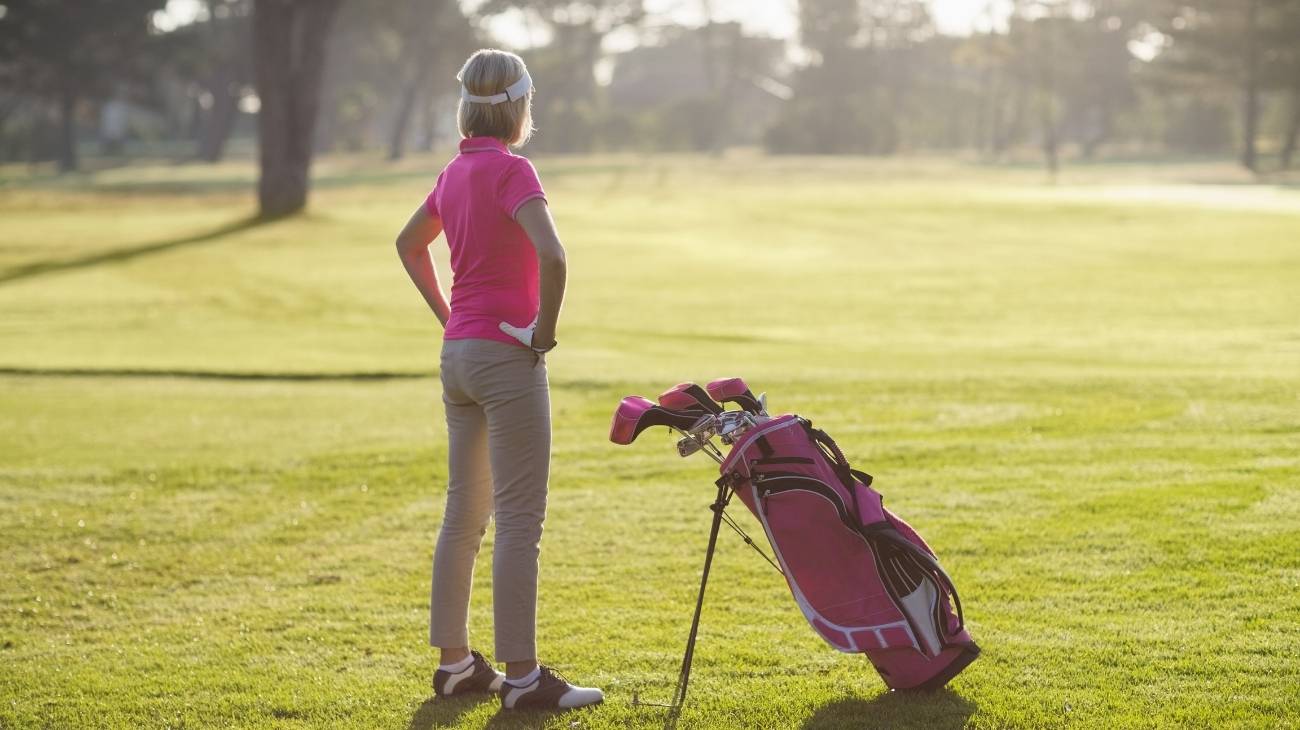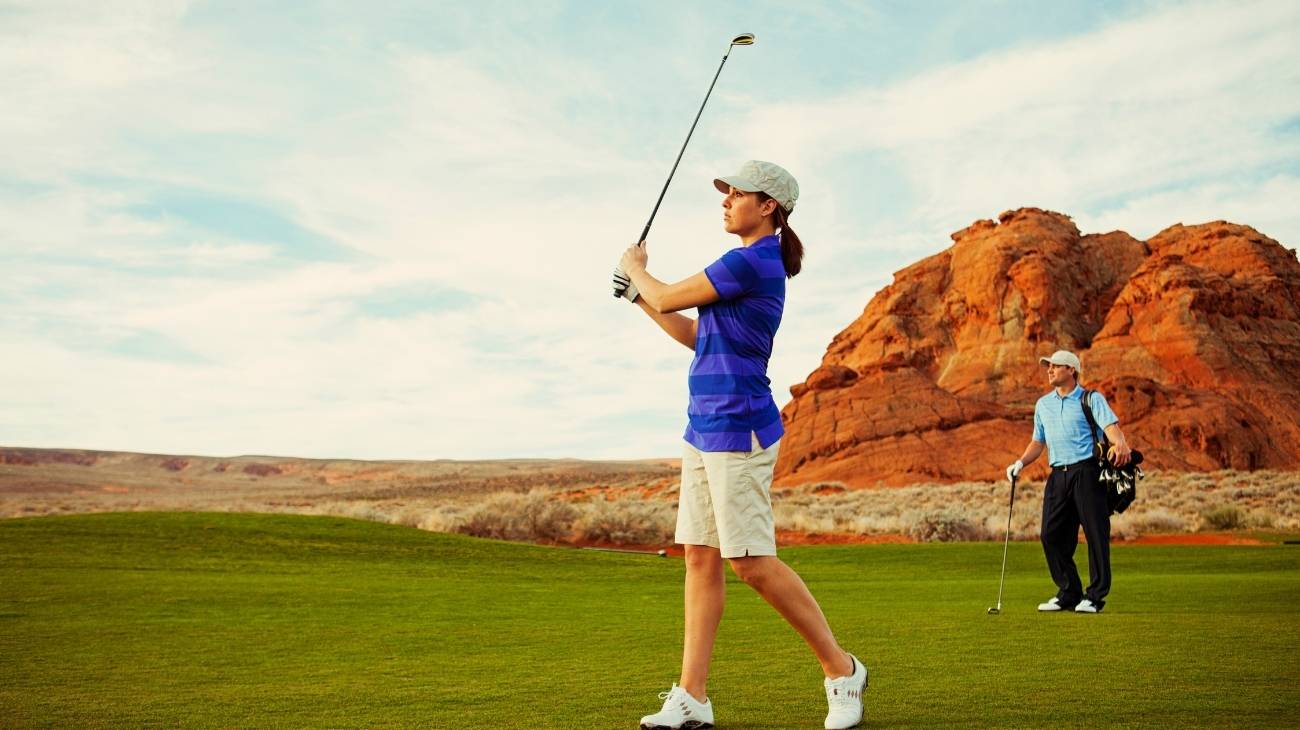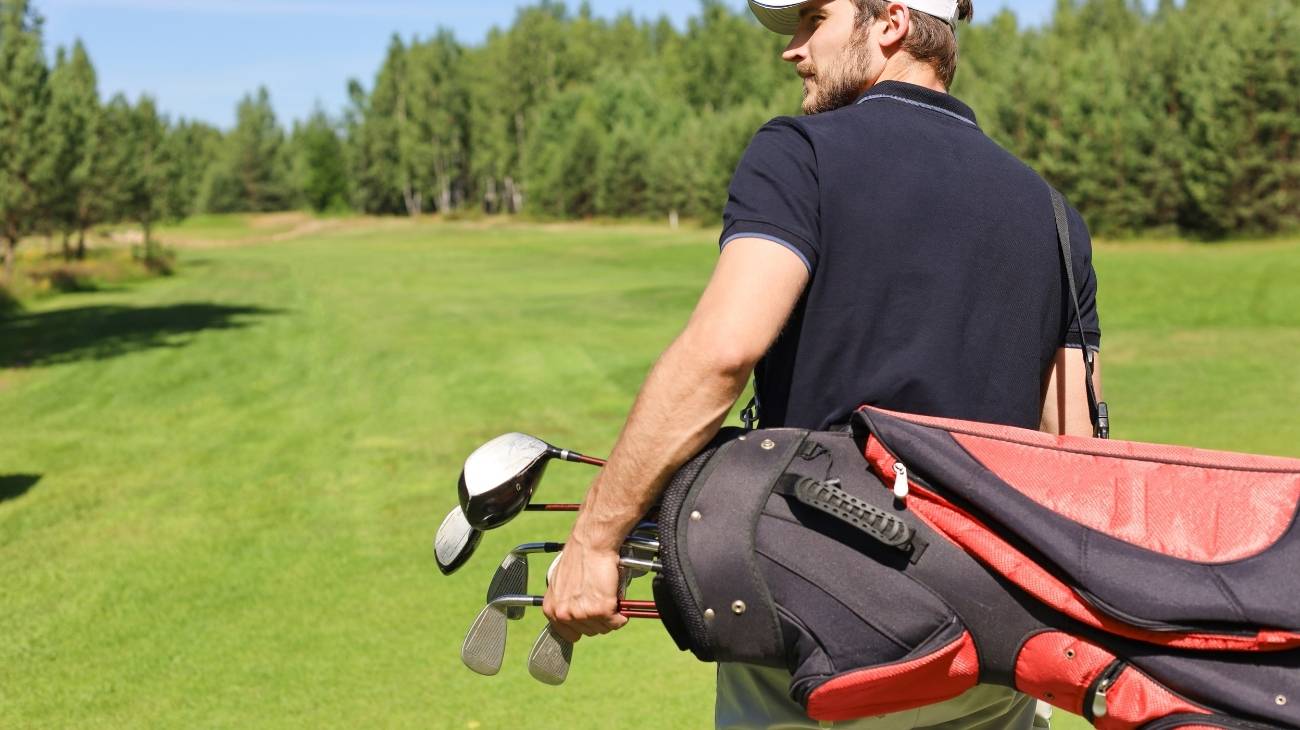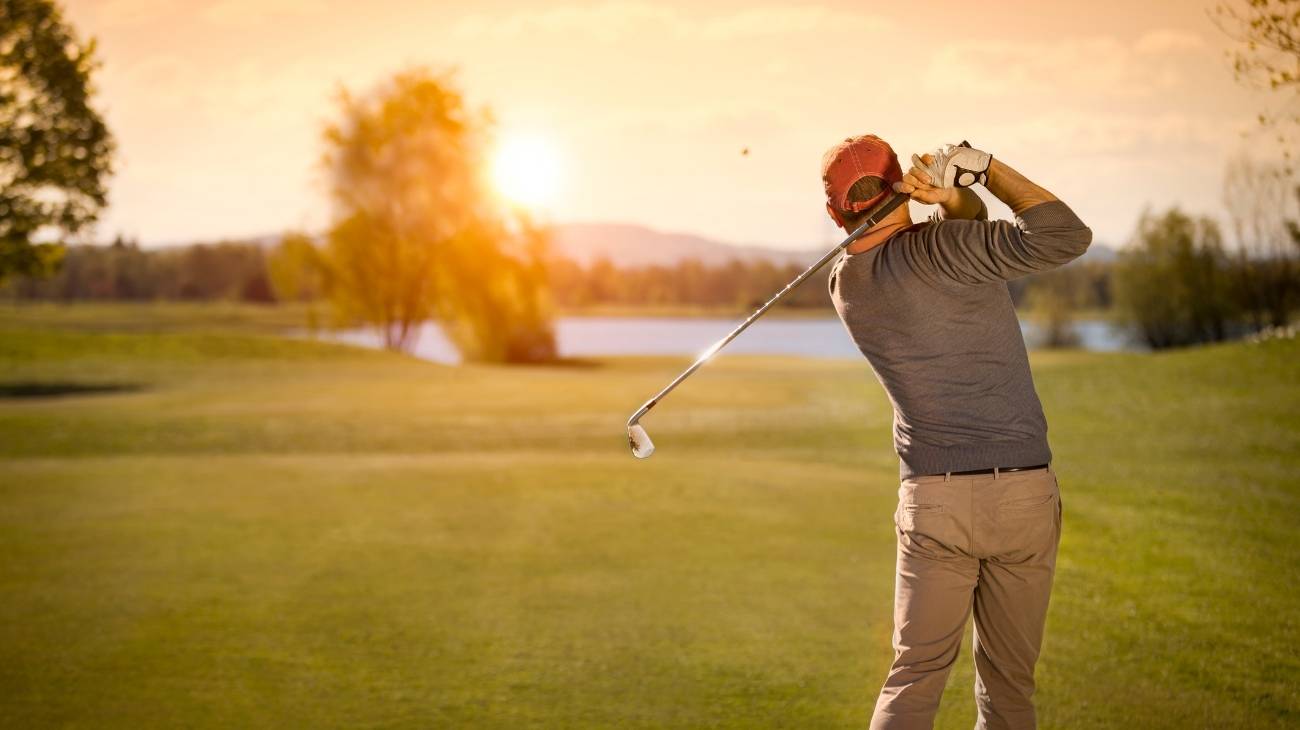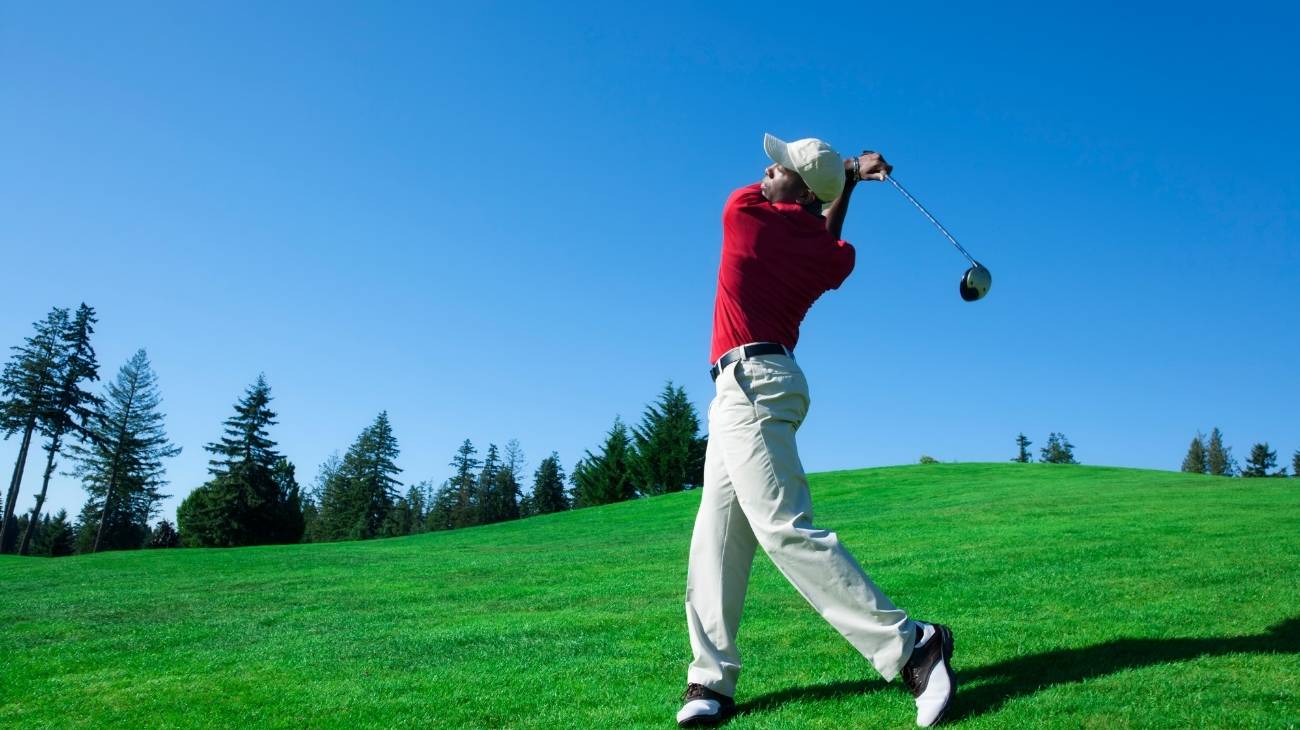The bones that make up the hip are the strongest and strongest bones in the human body. They are even as strong as concrete, but the tissues that make up this joint do not have the same strength. This makes them susceptible to injury from poor golf swing technique.
To help you learn how to take care of your body, here is a list of the most common golf injuries and how to use the PRICE therapy for minor injuries.
What are the most common types of hip injuries when playing golf?
Golf is a seemingly leisurely game, but it is demanding on joints and soft tissues. On average, a professional golfer may hit the ball at least 70 times per match, and each time there is significant wear and tear. Why does a golfer get injured?
Due to inadequate training, incorrect body posture in their ball striking and swing practice with previous muscle discomfort:
Pyramidal Syndrome
The piriformis muscle is the tissue responsible for providing proper mobility to the hip joint, helps support the weight of the upper body, and allows the trunk to rotate. This muscle is small and pyramid-shaped, hence its name. When a golfer executes an intense swing technique over and over again, it causes the whole body to rotate with force and causes micro fissures in the muscle until there is inflammation and pain.
This is a muscle wasting condition and can easily be mistaken for a lower back injury. As it is difficult to be certain that it is pyramidal syndrome, it is best to be seen by a sports doctor if you have pain in this area. The pain is felt in the buttocks, lower back, pelvis and hip itself.
Sacroiliitis of the hip
The sacroiliac joint is made up of two bones: the sacrum and the ilium. Both bones bear the weight of the upper body and both are susceptible to pain from prolonged standing.
The complex thing about this specific condition is that the pain radiates to any part of both legs, the entire pelvis and the buttocks. A single round of golf can last several hours and each stroke negatively affects the impact that an intense swing has on the hip.
Muscle overload
The hip flexors are the muscle group that suffer the most from the impact of an explosive swing. These flexors are located in front of the legs and hips, and they cause the leg to move forward and flex.
The worst thing that can happen after an overload is a muscle tear and it is perfectly possible when we do not detect the problem in time and wait for a miraculous recovery. Why does an overload occur? By the simple fact of not warming up correctly, taking into account a routine that activates the hip muscles and does not overload them with tension.
Gluteal Tendonitis
Although the hip has several groups of tendons, the most affected in golf are the gluteal tendons. Contrary to what you may think, these tendons surround the entire hip and the twists and turns involved in the sport cause them to become overly tight.
Three tendons make up this group of gluteal hamstrings and inflammation is as much a malady of golf as it is of running and cycling. The pain is located on the sides of the hip, can be more intense in people who stand for long periods of time, and when sleeping on the side, there is also a strong pain. This will obviously affect any golfer's performance as well as their life off the course.
Trochanteric bursitis
Trochanteric bursitis is a fairly common complaint in women and more so in those who play golf without a good ball striking technique. In amateur players this ailment is more recurrent because there is not a correct preparation. The greater trochanter is located on the outermost side of the hip. The inflammation occurs in a shock absorbing bursa that protects the joint from the friction and the blows of golf.
Heavy blows and excessive twisting of the hip increase the likelihood that a golfer will feel pain in the side of the hip because of this condition.
Hip arthritis
The condition begins as an inflammation of the hip joint. The joint in which the femur and pelvis are joined is covered by cartilage that deteriorates with sporting overexertion.
Golf involves a highly mechanical and repetitive movement, both qualities combined cause the cartilages to lose their elasticity and gradually allow damaging friction between the bones during movements. Following a balanced diet, warming up and cooling down the body during training will reduce the likelihood of hip arthritis.
Best products for hip injury recovery in golf
Bestseller
-
Acupressure Mat and Pillow (Black/Gray)
£44,95 -
Acupressure Mat and Pillow (Green/Navy)
£44,95 -
Acupressure Mat and Pillow (Pink/Bordeaux)
£44,95 -
Acupressure Pillow (Black/Gray)
£21,52 -
Acupressure Pillow (Green/Navy)
£21,52 -
Acupressure Pillow (Pink/Bordeaux)
£21,52 -
Back Support Belt (Black)
£29,95 -
Back Support Belt (Green)
£29,95 -
Back Support Belt (Pink)
£29,95 -
High Density Foam Roller for Muscle (Black/Gray)
£24,95 -
High Density Foam Roller for Muscle (Green/Navy)
£24,95 -
High Density Foam Roller for Muscle (Pink/Bordeaux)
£24,95 -
Ice Massage Roller Ball (Black)
£34,95 -
Ice Massage Roller Ball (Green)
£34,95 -
Ice Massage Roller Ball (Pink)
£34,95 -
Microwave Wheat Bag for Back Pain Relief (Extra Large) (Hearts)
£25,50 -
Microwave Wheat Bag for Back Pain Relief (Extra Large) (Oxford)
£25,50 -
Microwave Wheat Bag for Back Pain Relief (Extra Large) (Sport)
£25,50 -
Microwave Wheat Bag for Neck & Shoulder Pain Relief (Hearts)
£21,50 -
Microwave Wheat Bag for Neck & Shoulder Pain Relief (Oxford)
£21,50 -
Microwave Wheat Bag for Neck & Shoulder Pain Relief (Sport)
£21,50 -
Microwaveable Wheat Bag for Pain Relief (Hearts)
£17,50 -
Microwaveable Wheat Bag for Pain Relief (Oxford)
£17,50 -
Microwaveable Wheat Bag for Pain Relief (Sport)
£17,50 -
Pack 2 in 1: Foam Roller High + Soft Density (Black/Gray)
£24,95 -
Pack 2 in 1: Foam Roller High + Soft Density (Green/Navy)
£24,95 -
Pack 2 in 1: Foam Roller High + Soft Density (Pink/Bordeaux)
£24,95 -
Sacroiliac Support Belt (Black)
£21,95 -
Sacroiliac Support Belt (Green)
£21,95 -
Sacroiliac Support Belt (Pink)
£21,95 -
Soft Density Foam Roller for Recovery (Black)
£24,95 -
Soft Density Foam Roller for Recovery (Green)
£24,95 -
Soft Density Foam Roller for Recovery (Pink)
£24,95 -
Trigger Point Massage Stick (Black)
£12,95 -
Trigger Point Massage Stick (Green)
£12,95 -
Trigger Point Massage Stick (Pink)
£12,95 -
Wheat Bag for Microwave Classic Bottle Shaped (Hearts)
£17,50 -
Wheat Bag for Microwave Classic Bottle Shaped (Oxford)
£17,50 -
Wheat Bag for Microwave Classic Bottle Shaped (Sport)
£17,50
How to apply the RICE therapy to treat hip injuries in golfers?
We will now show you a set of practical steps to follow when you feel pain or know there is a hip injury. The PRICE therapy is an update of RICE, which has been known since 1978 and applied in the sports world.
- Protection: The affected area of the hip should be bandaged to prevent further damage to the hip and make the injury worse.
- Rest: You should limit movement in the hip, it is not advisable to twist or sit or stand up abruptly. A good rest is a guarantee of a better recovery.
- Ice: Apply cold with a good piece of ice wrapped in a handkerchief. This will start the de-inflammation process as ice has an analgesic and anti-inflammatory effect.
- Compression: With the help of a back brace or elastic bandage, try to apply light pressure all over the lower torso where you feel pain. By controlling the swelling, you will feel the pain go down.
- Elevation: It is important to lower the blood supply by the effect of gravity, you will see that the oedema begins to lose ground in the skin. This step should be combined with ice and compression.
References
- Gulgin, H., Armstrong, C., & Gribble, P. (2009). Hip rotational velocities during the full golf swing. Journal of sports science & medicine, 8(2), 296. https://www.ncbi.nlm.nih.gov/pmc/articles/PMC3761477/
- Vad, V. B., Bhat, A. L., Basrai, D., Gebeh, A., Aspergren, D. D., & Andrews, J. R. (2004). Low back pain in professional golfers: the role of associated hip and low back range-of-motion deficits. The American journal of sports medicine, 32(2), 494-497. https://journals.sagepub.com/doi/abs/10.1177/0363546503261729
- Murray, E., Birley, E., Twycross-Lewis, R., & Morrissey, D. (2009). The relationship between hip rotation range of movement and low back pain prevalence in amateur golfers: an observational study. Physical Therapy in Sport, 10(4), 131-135. https://www.sciencedirect.com/science/article/abs/pii/S1466853X09000753
- Philippon, M. J., & Schenker, M. L. (2005). Athletic hip injuries and capsular laxity. Operative Techniques in Orthopaedics, 15(3), 261-266. https://www.sciencedirect.com/science/article/abs/pii/S1048666605000352
- De Paulis, F., Cacchio, A., Michelini, O., Damiani, A., & Saggini, R. (1998). Sports injuries in the pelvis and hip: diagnostic imaging. European journal of radiology, 27, S49-S59. https://www.sciencedirect.com/science/article/abs/pii/S0720048X98000436
- Thériault, G., & Lachance, P. (1998). Golf injuries: an overview. Sports medicine, 26, 43-57. https://link.springer.com/article/10.2165/00007256-199826010-00004
- McCarroll, J. R. (1996). The frequency of golf injuries. Clinics in sports medicine, 15(1), 1-7. https://europepmc.org/article/med/8903705
- McHardy, A., Pollard, H., & Luo, K. (2006). Golf injuries: a review of the literature. Sports Medicine, 36, 171-187. https://link.springer.com/article/10.2165/00007256-200636020-00006
- Batt, M. E. (1992). A survey of golf injuries in amateur golfers. British journal of sports medicine, 26(1), 63-65. https://bjsm.bmj.com/content/26/1/63.short
- Edwards, N., Dickin, C., & Wang, H. (2020). Low back pain and golf: A review of biomechanical risk factors. Sports Medicine and Health Science, 2(1), 10-18. https://www.sciencedirect.com/science/article/pii/S2666337620300068



























































